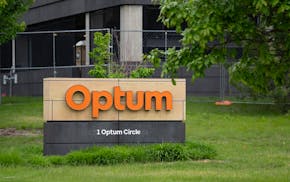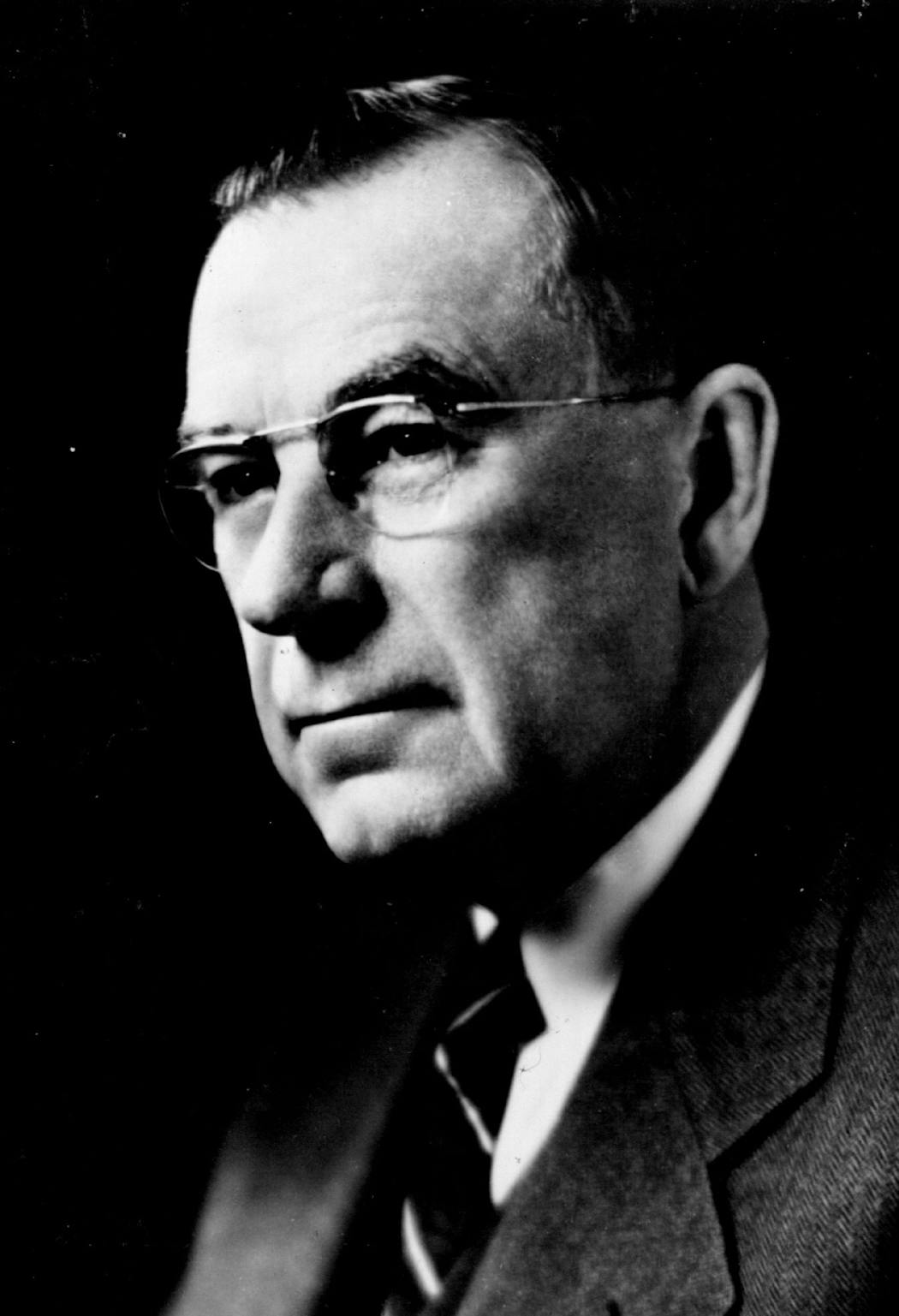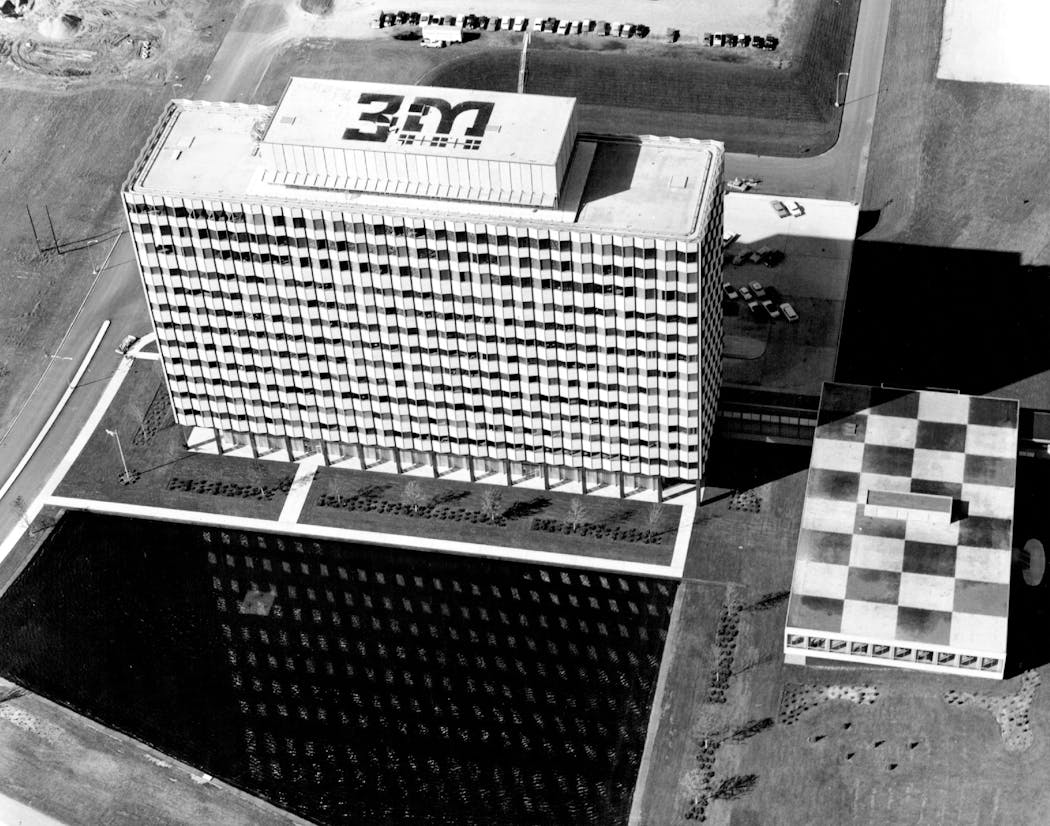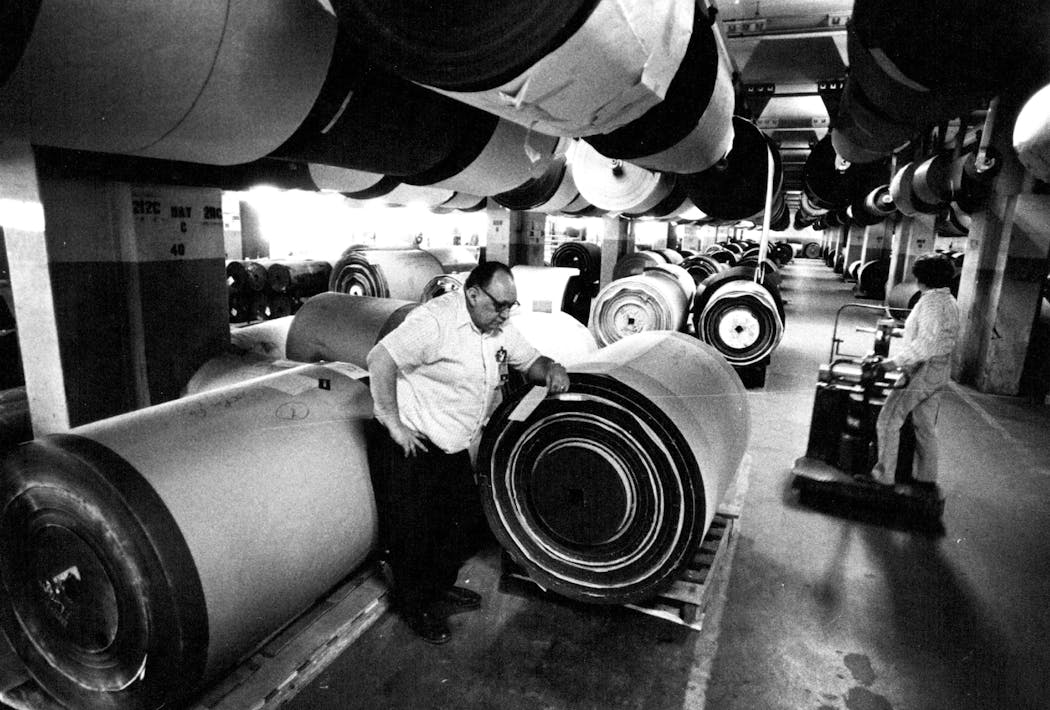3M spun off its health care division Monday morning, saying goodbye to an operation of 20,000 employees and $8 billion in revenue, a quarter of the company's total sales.
The separation follows what CEO Mike Roman calls "the largest restructuring in the history of the company" last year that shed another 8,500 jobs and significantly reduced its global real estate. Pensions will be frozen and the 3M Foundation has shut down.
Investors lost billions, meanwhile, as the company's market value topped out at $150 billion in 2018 and tumbled to about a third of that at present.
To get growing again — and to pay off its mounting legal bills — the Maplewood-based company can no longer afford to be the kind of bulky conglomerate many companies aspired to be in the 20th Century. The new 3M is expected to be a leaner, more focused materials science company.
"It's about driving improved performance through the 3M model," Roman said about the scaled-back company's focus at an investor conference last month. "It's about reducing risk and uncertainty."
It has been a long road full of intentional innovation, accidental discoveries, acquisitions, risks and rewards. Here's a look back at some of the key events in 3M's story that led to this moment.
Early years
The company that became 3M began in 1902 in Two Harbors as a natural-resources company, mining for corundum — a mineral great for making sandpaper — on Minnesota's Iron Range. The effort was a bust, so the Minnesota Mining and Manufacturing Co. opened a plant in Duluth a few years later to make abrasives from a different material. They didn't sell well, but the company was saved from financial ruin by early investors like Edgar Ober and Lucius Ordway.
Ordway had the company build its next manufacturing plant in St. Paul in 1910. The company's first exclusive product, Three-M-ite sandpaper, appeared in 1914 and survived a patent challenge from a competitor.
3M moved its headquarters to St. Paul in 1916, the same year it issued its first dividend.
"There are a lot of people who thought we'd never make it," Ober said when celebrating the 6-cent-per-share dividend, according to a 3M history book.
The McKnight era
Hired as a bookkeeper in 1907, William McKnight would eventually guide 3M through decades of innovation and growth to make it a billion-dollar company by the time he retired.
First promoted to general manager in 1914 then to vice president in 1916, McKnight succeeded Ober as president in 1929. His tenure lasted until 1949, when he became chairman of the board until 1966.
After 3M introduced waterproof sandpaper in 1921 and masking tape in 1925, McKnight took over a company increasingly looking beyond its core line of sandpapers and abrasives. During McKnight's stint leading the company, products like Scotch transparent tape, reflective road signs and audio tapes were introduced. The commitment to research and development survived the Great Depression; 3M opened its first dedicated research laboratory in 1937.
McKnight famously instituted the company's 15% rule, inspired by tape inventor Richard Drew, which encourages employees to spend 15% of their working hours on independent projects to generate and explore new ideas.
"Those men and women to whom we delegate authority and responsibility, if they are good people, are going to want to do their jobs in their own way," goes one of McKnight's most famous quotes, according to Star Tribune archives. "Mistakes will be made, but if a person is essentially right, the mistakes he or she makes are not as serious in the long run as the mistakes management will make if it is dictatorial and undertakes to tell those under its authority exactly how they must do their jobs."
Going global
3M listed its stock on the New York Stock Exchange in 1946 and five years later opened subsidiaries in Australia, Brazil, Canada, France, Germany, Mexico and the United Kingdom, cementing its status as an international industrial firm.
The postwar era saw 3M expand its magnetic tapes to TV production, introduce Scotch-Brite and enter the health care business with a hypoallergenic surgical tape.
"People were telling [eventual CEO] Lew Lehr, 'What the hell are you doing getting into health care?' He kept plugging away and he created a hugely successful business," recounted former company leader Bill McLellan in 3M's history book.
In 1962, 3M opened its global headquarters in Maplewood, where it remains today.
As it grew, the company developed a reputation similar to other major industrial firms of the era like IBM and General Electric — workers could expect to spend their entire career with the company and retire with a comfortable pension.
In 1976, 3M became one of the 30 companies in the Dow Jones Industrial Average, a spot it has continuously held but could potentially lose in the wake of the spinoff.
A year after sales hit $5 billion in 1979, the company introduced Post-it Notes, one of 3M's most successful and recognizable consumer brands to this day.
Chemicals and conglomeration
One of the most consequential moments in 3M history happened by accident. In the 1950s, Patsy Sherman and Samuel Smith were working on a rubber chemical when a lab assistant spilled it on their shoe. It would not wipe off, and water bounced right off it.
The stain-resistant product became known as Scotchguard, and was the first in a long line of products 3M made with the "forever chemicals" PFAS, prized for their immense versatility but which are now an albatross around the company's neck.
3M made a number of acquisitions over the decades — its first was Wausau Abrasives in 1929 — but internal R+D was still prized. By the 1990s, with revenue approaching $15 billion, 30% of sales came from products introduced in the previous five years.
Until Monday's health care split, 3M's most notable spinoff was its digital storage and imaging business that became Imation in 1996.
At the turn of the century, however, 3M began vacuuming up businesses. Since 2001, 3M has acquired 77 companies, according to Crunchbase. That streak culminated in 2019 with its largest deal on record, the $6.7 billion buyout of health care company Acelity, which along with pandemic sales of respirators helped push 3M's annual revenue above $35 billion.
Cleaning up
3M is now in a contraction phase, which in some ways began in 2018 with an $850 million settlement with the state of Minnesota over PFAS contamination in the east metro.
A legacy of PFAS pollution has cost the company billions in legal settlements in the U.S. and Belgium, and more litigation is ongoing even as 3M phases out production. Billions more will be paid out to military veterans over allegedly defective earplugs in the coming years.
As 3M hits the reset button, the company is often caught reminding people: "You're never more than six feet from a 3M product."
It's more like six inches; 3M films are used in cellphones, TVs and cars. The company holds more than 130,000 patents globally and adds an average of 3,000 per year. And while consumers know the household brands, 3M sells most of its materials to other businesses for use in their products.
Incoming CEO Bill Brown recently said 3M remains "an iconic global company."
"I am looking forward to building on that progress as CEO as 3M continues to deliver for its customers, shareholders, employees and communities around the globe."

Delta hiked fares for solo travelers, until Twin Cities travel experts caught the change

In first speech back, UnitedHealth's new CEO pledges to review hot-button issues

A child had measles at Mall of America, concerning state health officials who don't know source

Ramstad: Gov. Walz, things are not getting done in Minnesota





